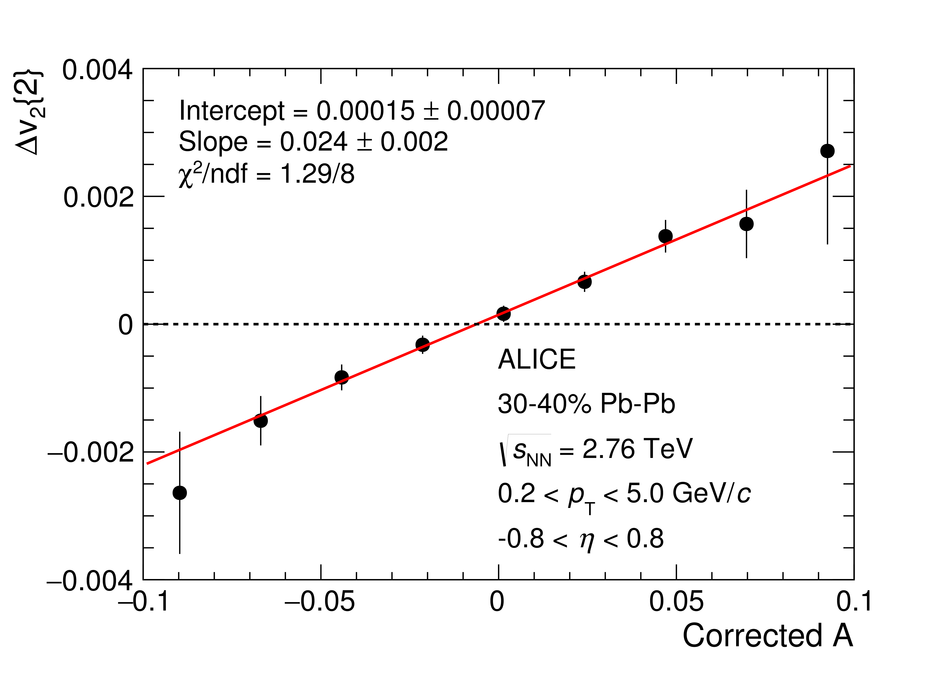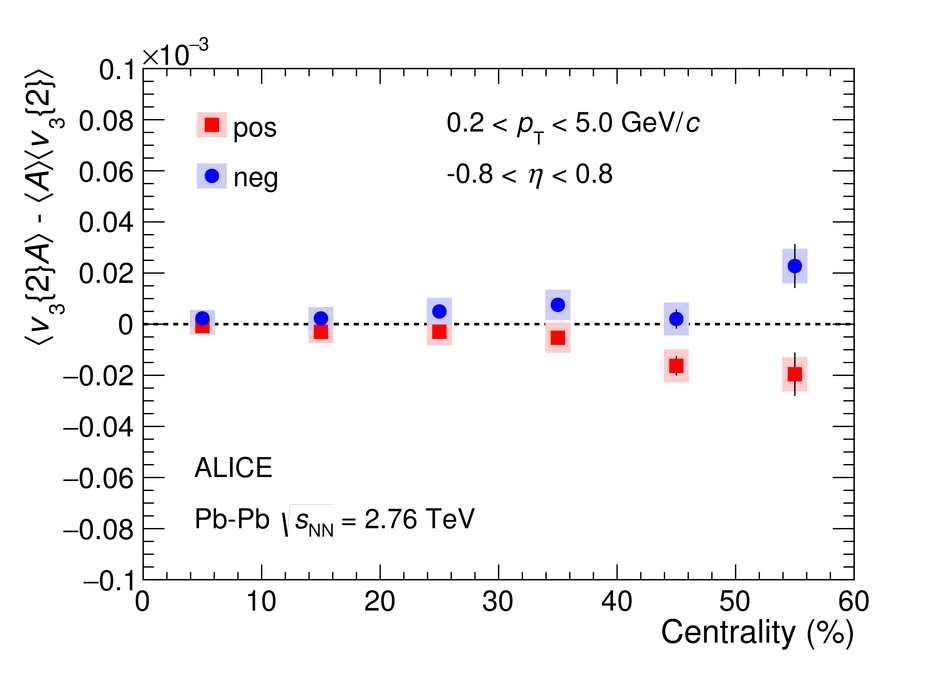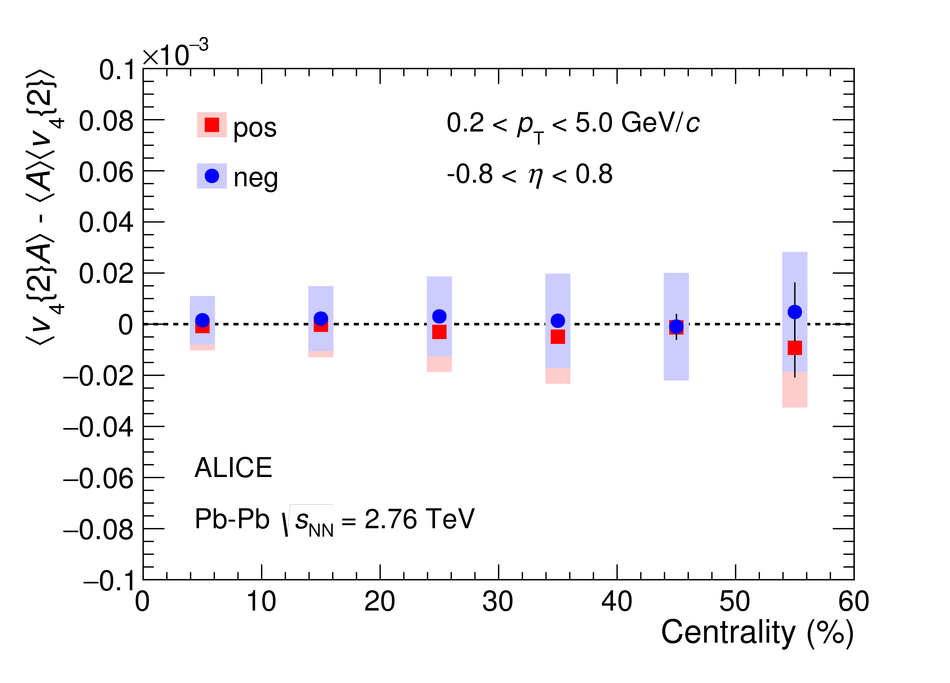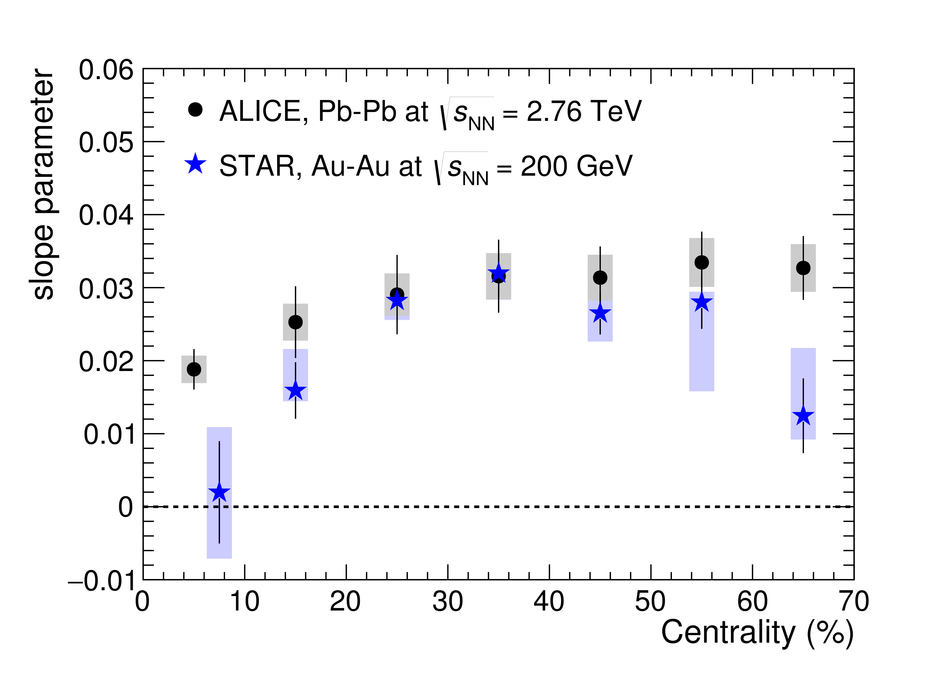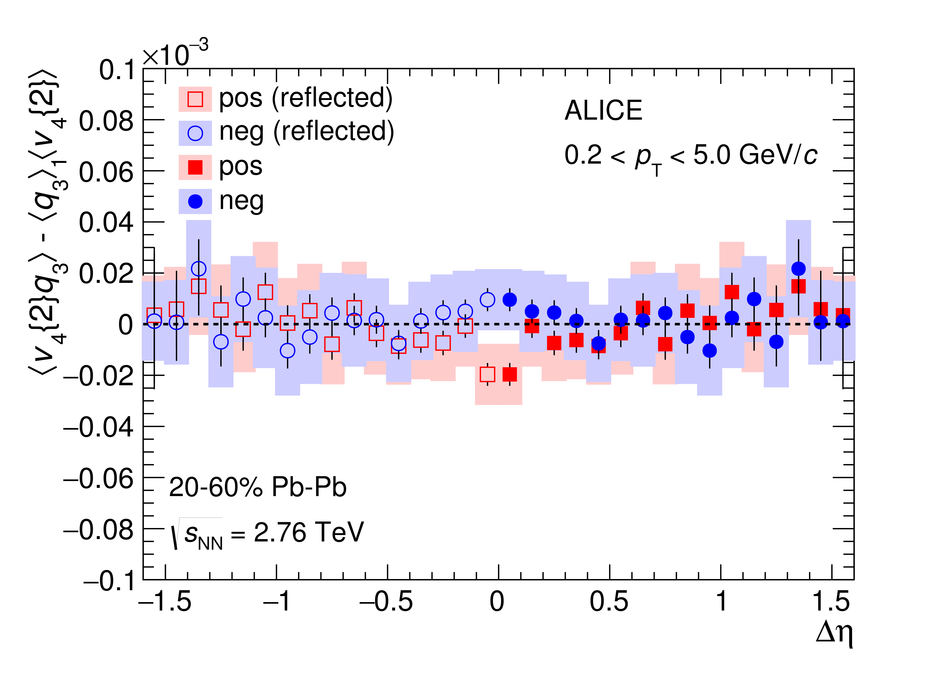We report on measurements of a charge-dependent flow using a novel three-particle correlator with ALICE in Pb-Pb collisions at the LHC, and discuss the implications for observation of local parity violation and the Chiral Magnetic Wave (CMW) in heavy-ion collisions. Charge-dependent flow is reported for different collision centralities as a function of the event charge asymmetry. While our results are in qualitative agreement with expectations based on the CMW, the nonzero signal observed in higher harmonics correlations indicates a possible significant background contribution. We also present results on a differential correlator, where the flow of positive and negative charges is reported as a function of the mean charge of the particles and their pseudorapidity separation. We argue that this differential correlator is better suited to distinguish the differences in positive and negative charges expected due to the CMW and the background effects, such as local charge conservation coupled with strong radial and anisotropic flow.
Phys. Rev. C 93 (2016) 044903
HEP Data
e-Print: arXiv:1512.05739 | PDF | inSPIRE
CERN-PH-EP-2015-316



